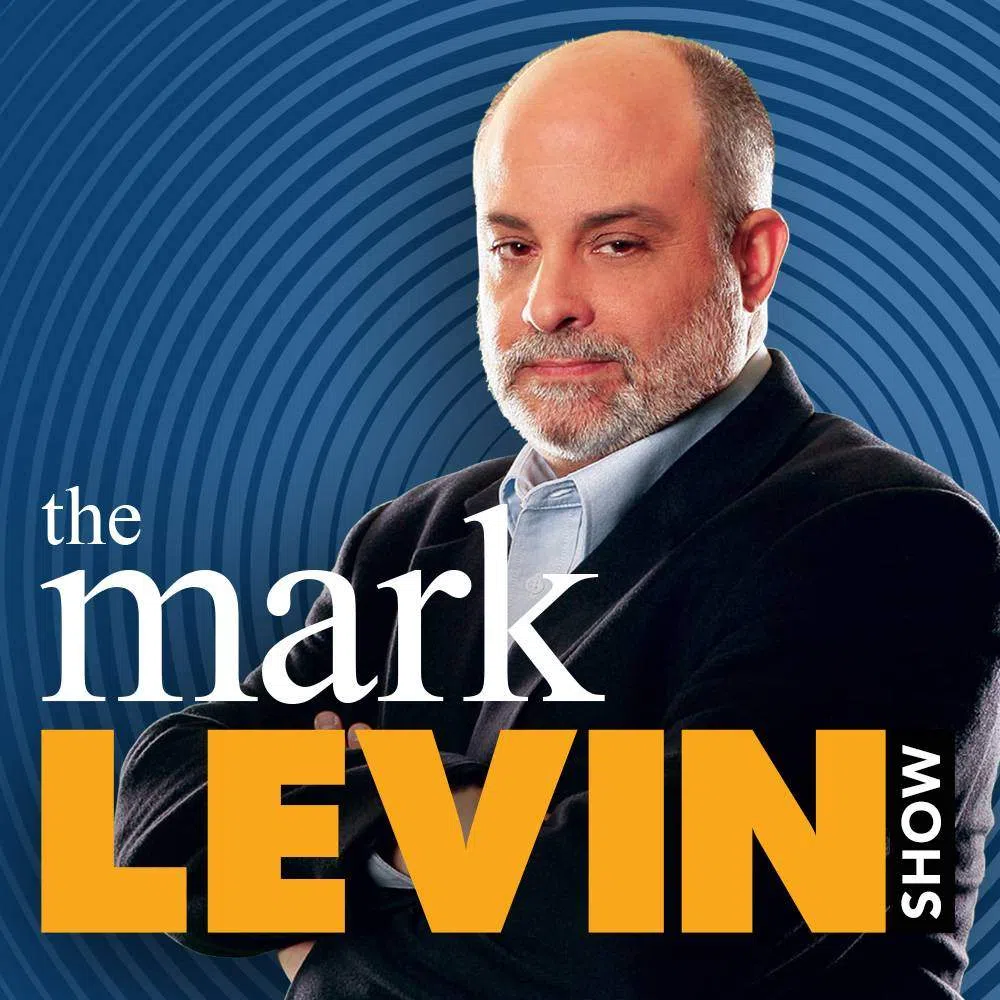President Donald Trump announced Monday in a speech that his administration will issue new guidance to provide “total protection” for prayer in public schools.
Speaking at a meeting of the Justice Department’s Religious Liberty Commission, Trump said that “the Department of Education will soon issue new guidance protecting … prayer in our public schools, and it’s total protection.”
Though he didn’t go into detail about these new guidelines, he said: “For most of our country’s history, the Bible was found in every classroom in the nation, yet in many schools today students are instead indoctrinated with anti-religious propaganda and some are punished for their religious beliefs. Very, very strongly punished. It is ridiculous.”
Trump added: “When faith gets weaker, our country seems to get weaker. When faith gets stronger, as it is right now, we’re having a very good period of time after some rough years, good things happen for our country. It’s amazing the way it seems to work that way.”
Education Department press secretary Savannah Newhouse said in a statement: “The Department of Education looks forward to supporting President Trump’s vision to promote religious liberty in our schools across the country.”
School prayer has been one of the most contentious issues in American public life for more than half a century.
In the early 1960s, the Supreme Court issued landmark rulings that barred state-sponsored religious exercises in schools. In Engel v. Vitale (1962), the Court struck down a New York policy encouraging students to recite a government-written prayer, and in Abington School District v. Schempp (1963), it invalidated mandatory Bible readings. Together, the decisions established that public schools, as government institutions, could not organize or endorse religious observances, even if participation was voluntary.
The rulings did not ban religion in schools altogether — students retained the right to pray individually or in groups on their own — but they did sharply limit the role of teachers, administrators and school events in promoting prayer. Over the decades, the Court reinforced those boundaries, striking down clergy-led invocations at graduation ceremonies (Lee v. Weisman, 1992) and student-led prayers at football games (Santa Fe Independent School District v. Doe, 2000).
The issue also became a recurring political flashpoint. Ronald Reagan championed a constitutional amendment to permit voluntary school prayer in the 1980s, though it failed to gain traction in Congress. Both George H. W. Bush and George W. Bush leaned on the issue in their appeals to religious conservatives. In early 2003, the younger Bush’s administration issued guidance clarifying that students have a constitutional right to pray in school, so long as it is not disruptive or sponsored by the school. This, according to the Berkley Center at Gerogetown.
The Obama administration largely left that framework intact, underscoring the balance between protecting private religious expression and preventing government endorsement. But disputes over prayer at graduations, school events and extracurricular activities continued to fuel lawsuits and legislative skirmishes.
That backdrop set the stage for Trump’s plan to issue new guidance.emphasizing students’ rights to pray and express their faith in public schools.
Newsmax wires contributed to this report.
© 2025 Newsmax. All rights reserved.






